Circuit Description
The aftertreatment outlet NOx (nitrogen oxides) sensor is a smart device and communicates with the engine control module (ECM) via the J1939 data link. The aftertreatment outlet NOx sensor performs its own internal diagnostics and reports malfunctions back to the primary ECM using the J1939 data link. The NOx sensor is permanently attached to the NOx control module. They are serviced as a single component and can not be replaced individually. The aftertreatment outlet NOx sensor is used to measure the NOx emissions at the outlet of the aftertreatment system.
Component Location
The aftertreatment outlet NOx sensor location can vary depending on engine application. It is usually located in the exhaust system at the outlet of the selective catalytic reduction (SCR) catalyst.
Conditions for Running the Diagnostics
This diagnostic has to meet specific engine and aftertreatment conditions to run and complete.
Conditions for Setting the Fault Codes
The Engine Control Module (ECM) detected the aftertreatment outlet NOx sensor reading was not changing with engine conditions or is stuck.
Action Taken When the Fault Code is Active
The ECM illuminates the amber CHECK ENGINE lamp and/or Malfunction Indicator Lamp (MIL) after the diagnostic fails on two consecutive trips.
Conditions for Clearing the Fault Code
To validate the repair, start and operate the engine to raise exhaust temperatures.
To validate the repair using a Chassis Dynamometer, utilize a routine that incorporates acceleration and motoring events, steady state highway type operation, and load. This will simulate normal driving and allow the diagnostics in the ECM to run.
To validate the repair using a Diagnostic Road Test, utilize a route that incorporates both stop and go city type driving and steady state highway type driving. It may be necessary to load the unit for certain diagnostics in the ECM to run.
The Reset All Faults command in INSITE™ electronic service tool can be used to clear active and inactive faults, as well as extinguish the MIL for OBD applications.
Shop Talk
Possible causes of this fault code include:
Diesel exhaust fluid crystallization or deposits
Incorrectly installed aftertreatment outlet NOx sensor
Malfunctioning aftertreatment outlet NOx sensor
Reference the appropriate OEM wiring diagram when troubleshooting circuits that utilize wiring supplied by the OEM.
This diagnostic will NOT run during a regeneration.
For intermittent power supply and datalink communication issues with Aftertreatment Components, it is highly recommended that the OEM Power Distribution Center fuses and relays be thoroughly checked for loose, missing or intermittent connections.
Possible Cause:
1) N/A


 AGCO
AGCO ALLISON
ALLISON BENDIX
BENDIX BOBCAT
BOBCAT CAT
CAT CLAAS
CLAAS CNH
CNH DAF
DAF DETROIT
DETROIT EATON
EATON FREIGHTLINER
FREIGHTLINER HINO
HINO HITACHI
HITACHI ISUZU
ISUZU JCB
JCB JOHN DEERE
JOHN DEERE JPRO
JPRO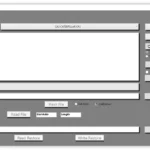 MAGIC TUNER
MAGIC TUNER MAN
MAN Navistar
Navistar PACCAR
PACCAR PERKINS
PERKINS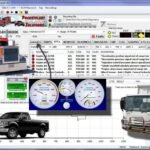 PF DIAGNOSE
PF DIAGNOSE PSI POWERLINK
PSI POWERLINK RENAULT
RENAULT SCANIA
SCANIA THERMO KING
THERMO KING UD NISSAN
UD NISSAN VOLVO
VOLVO WABCO
WABCO ZF TESTMAN
ZF TESTMAN
 BELL
BELL BENDIX
BENDIX BOBCAT
BOBCAT CARRIE
CARRIE DAF
DAF DETROIT
DETROIT EATON
EATON FUSO
FUSO MACK
MACK
 Cumminz
Cumminz ISB4.5 CM2150
ISB4.5 CM2150 All Engines (2017 Emissions)
All Engines (2017 Emissions) PACCAR
PACCAR
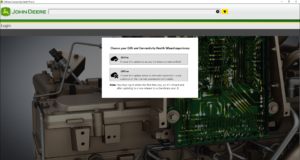

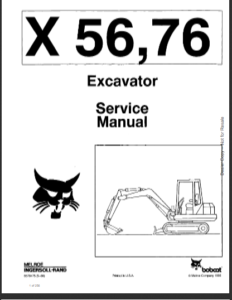

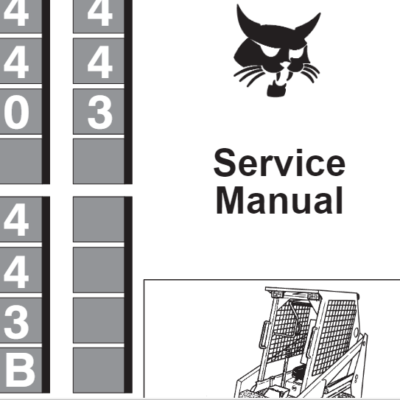
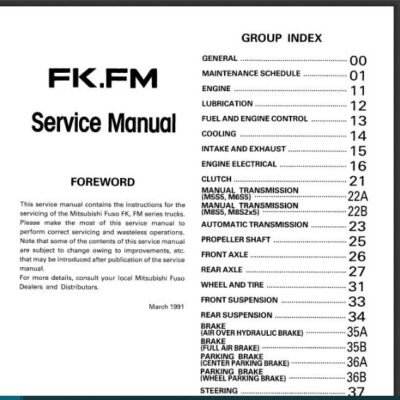
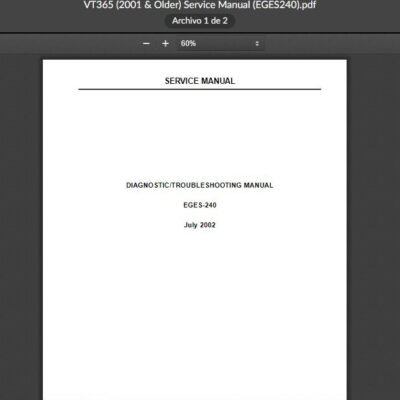
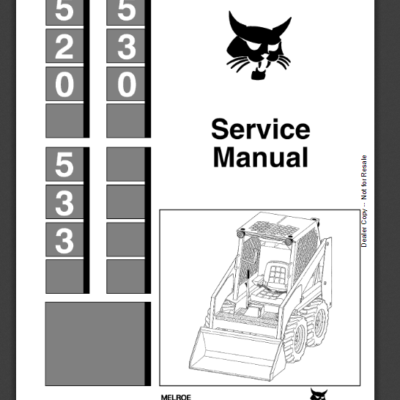
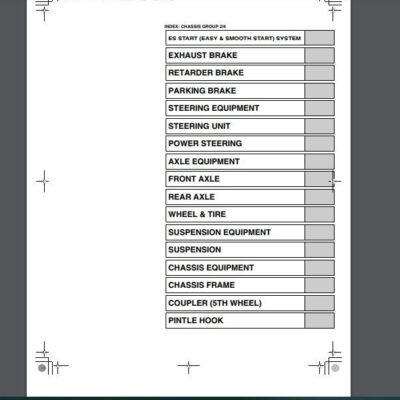
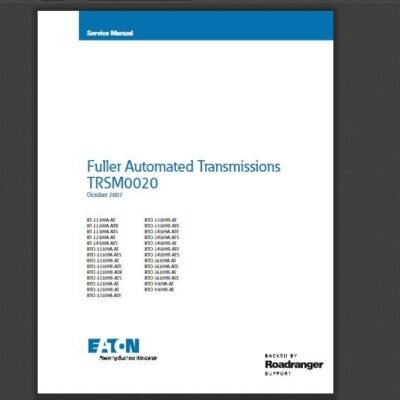

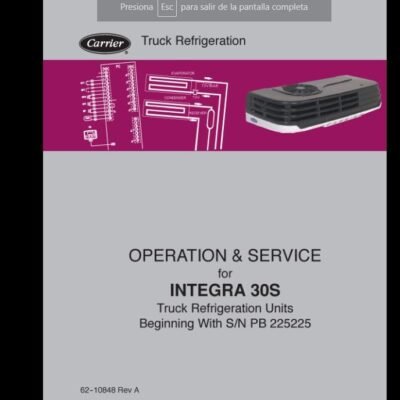
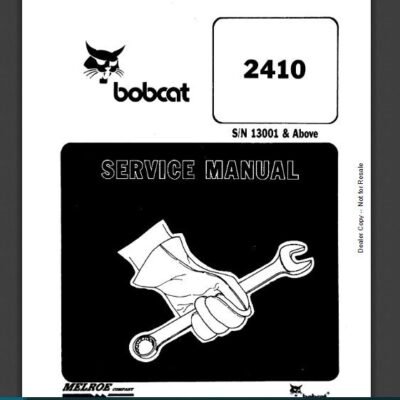


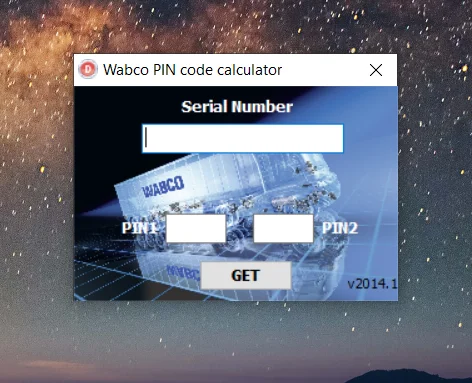
Reviews
Clear filtersThere are no reviews yet.